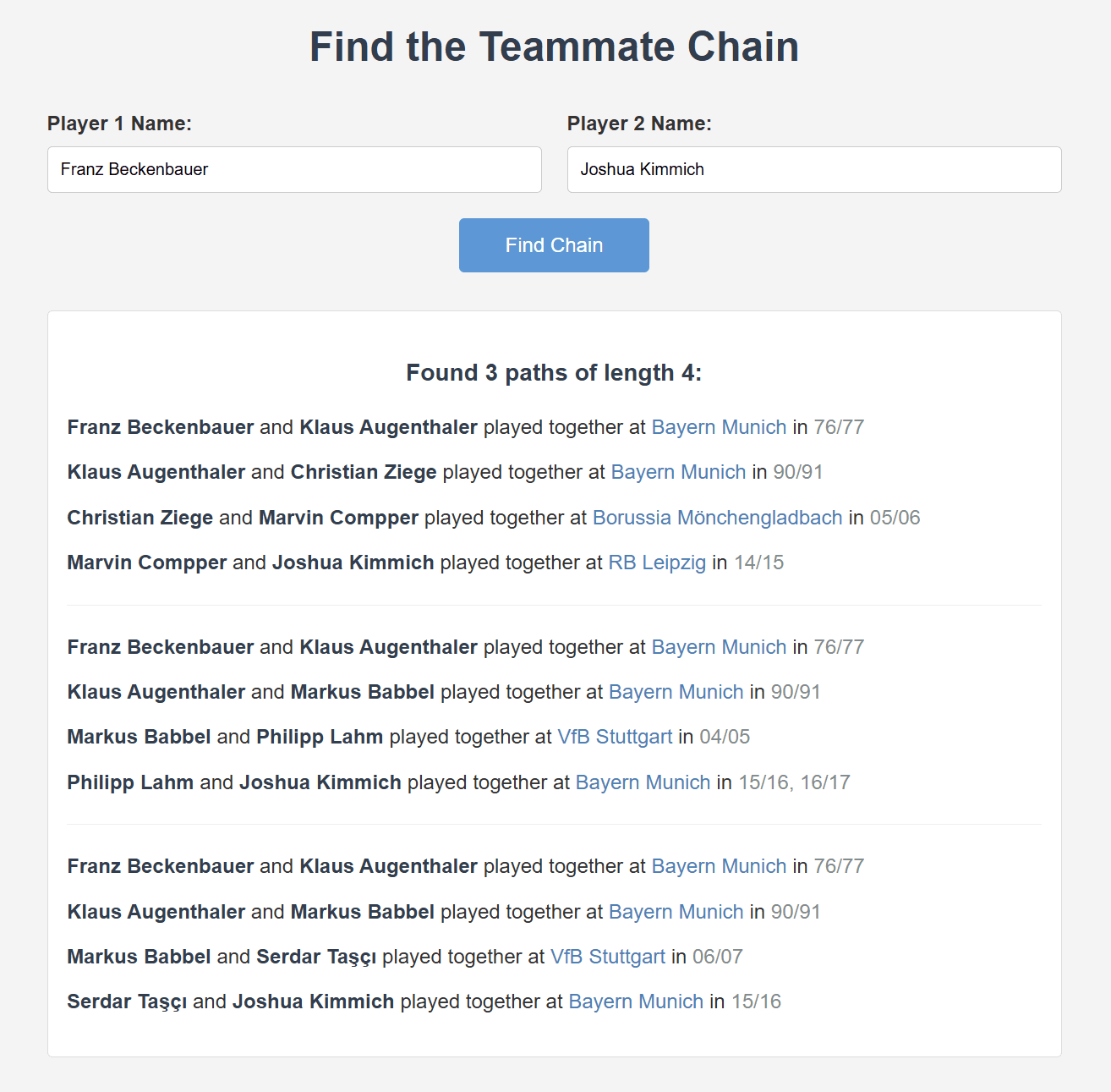Kaushik Iyer
Theme:
Hello, I'm Kaushik Iyer.
SDE @ Amazon | CS Masters @ Cornell
I currently work for Amazon as a Software Development Engineer in Seattle. Before that, I graduated with my M.Eng in Computer Science from Cornell University, and also a B.Tech in Computer Engineering from K.J Somaiya in Mumbai.
What is this website for?
I just wanted a website with my name as the domain. This is a confusing mixture of a personal and portfolio website where I show stuff that interests me.
My FPL Team Status
Loading FPL Scorecard...
Latest Blog Post
View All Posts →Latest Project
View All Projects →Recent Education
View All Education →Recent Experience
Places I've Visited
Loading map...

